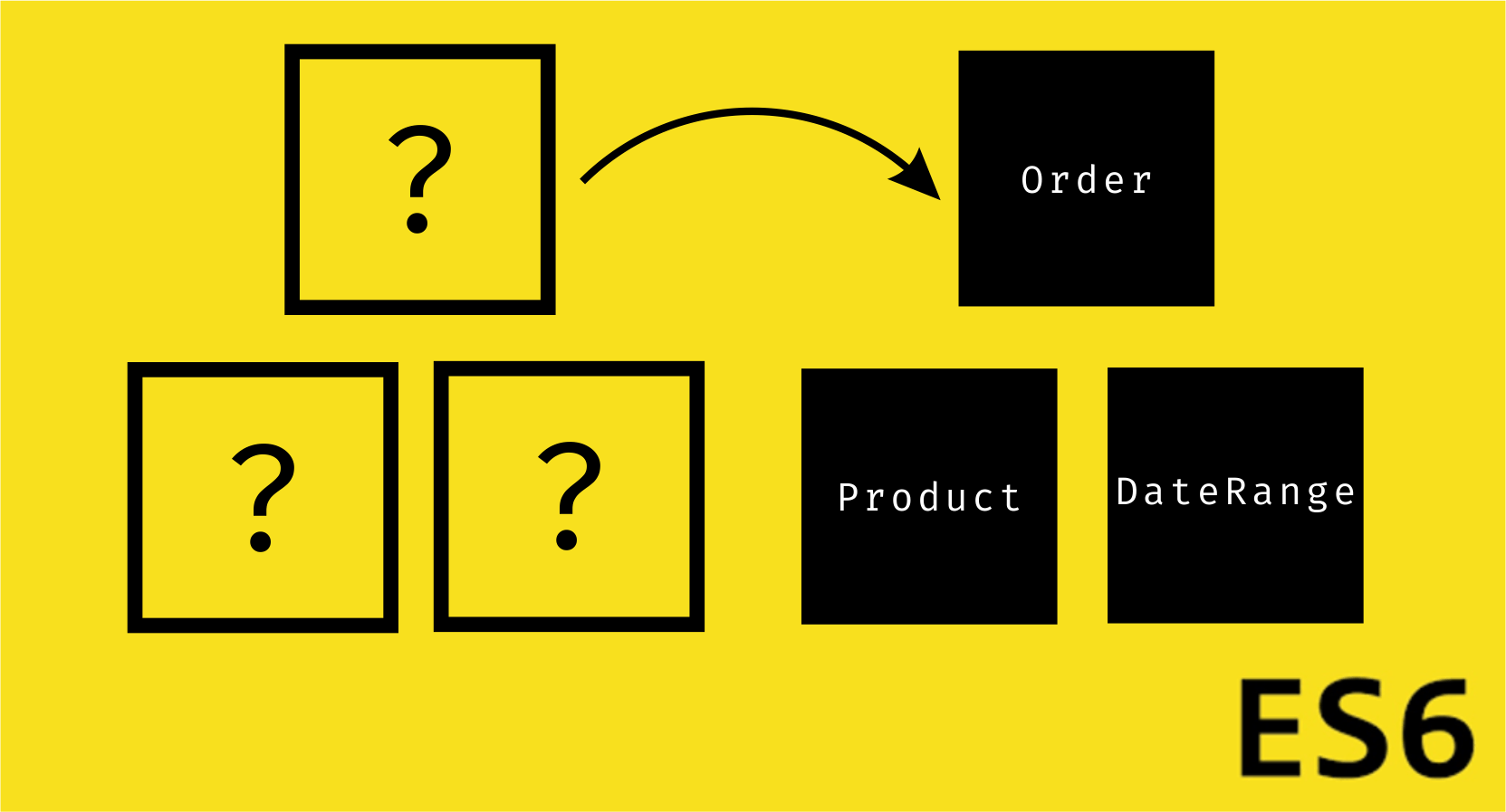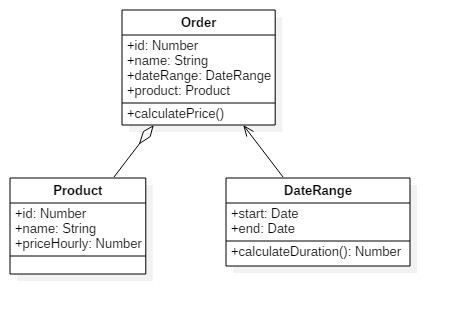my-articles
Peculiar es6 mapping approach
#javascript #es6 #vuejs 2017-05-21

Today my talk covers response mapping. By mapping I mean converting standard js objects into classed es6 objects. The latter solution is much needed when working with deep nested structures as it allows to bind behaviour to data.
Premise
Let’s say you’re working on order editing form. Order contains product and rent date range.
Imagine you’ve sent a request like this:
/api/orders/show
{
"id": 10
}
And sure enough you got a response:
{
"id": 10,
"name": "Room order",
"product": {
"id": 54,
"name": "Room in fancy hotel",
"hourly_price": "5.00"
},
"date_range": {
"from": "2017-06-06",
"to": "2017-06-08"
}
}
You toss data in component and everything goes fine.
But at some point you decide to show order price in component. Which must be calculated depending on product.hourly_price and order.date_range.
You might implement the calculation logic in component. But that won’t scale. Because exactly the same calculation will be used in CreateOrder and DisplayOrder components. And maybe even OrderList. You never know.
Mapping
Let’s solve the problem OOP way.
Obviously we’d need 3 classes: Order, Product and DateRange. Implementing them one by one won’t take long.

class Order {
id: Number
name: String
dateRange: DateRange
product: Product
constructor ({ id, name, dateRange, product } = {}) {
this.id = id
this.name = name || ''
this.dateRange = new DateRange(dateRange) || null
this.product = new Product(product) || null
}
/**
* Calculate order price.
* @returns {number}
*/
calulatePrice (): Number {
return this.dateRange.calculateDuration() * this.product.hourlyPrice
}
}
class Product {
id: Number
name: String
hourlyPrice: Number
constructor ({ id, name, hourlyPrice } = {}) {
this.id = id
this.name = name
this.hourlyPrice = hourlyPrice
}
}
class DateRange {
start: Date
end: Date
constructor ({ start, end } = {}) {
this.start = Date(start)
this.end = Date(end)
}
/**
* DateRange duration in days.
* @returns {number}
*/
calculateDuration (): Number {
// Copy date parts of the timestamps, discarding the time parts.
const one = new Date(this.start.getYear(), this.start.getMonth(), this.start.getDate())
const two = new Date(this.end.getYear(), this.end.getMonth(), this.end.getDate())
// Do the math.
const millisecondsPerDay = 1000 * 60 * 60 * 24
const millisBetween = two.getTime() - one.getTime()
const days = millisBetween / millisecondsPerDay
// Round down.
return Math.floor(days)
}
}
After doing these classes actual mapping is a no-brainer:
new Order(response)
As a result of mapping we get the same tree of data, but now it’s (somewhat) typed and contains behaviour. Also note that children mapping happens free of charge. Meaning that after implementing a bunch of classes different tree configurations will be mapped automagically.
In-component usage
Example component will be EditOrder.vue.
On create we will:
- fetch via ajax the order data,
- promtly map it,
- then attach the mapped order to component, so that it could be displayed in template.
data () {
return { editedOrder: null }
},
created (){
// Here we're loading our order by ajax.
const orderData = getOrderResponse()
this.editedOrder = new Order(orderData)
},
And here’s the template itself.
<div class="form" v-if="editedOrder">
<input type="text" v-model="editedOrder.name">
<div></div>
<button @click="save"></button>
</div>
Price will be calculated, just as promised. While component and Order object are clean and testable.
That’s it. As always, I prepared full source code.
Feel free to leave stars on github if you find my work useful : 3. Subscribing is also possible.